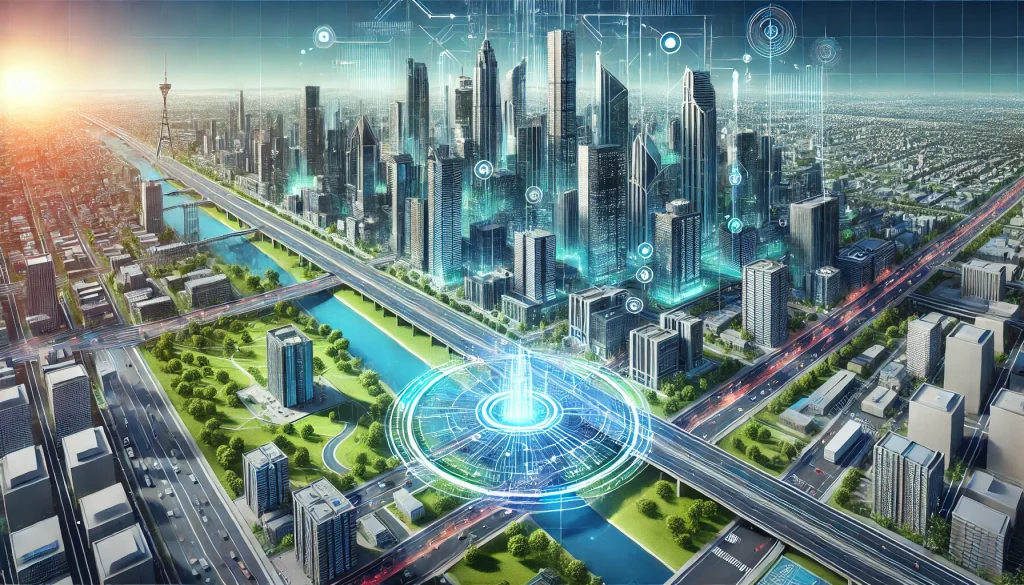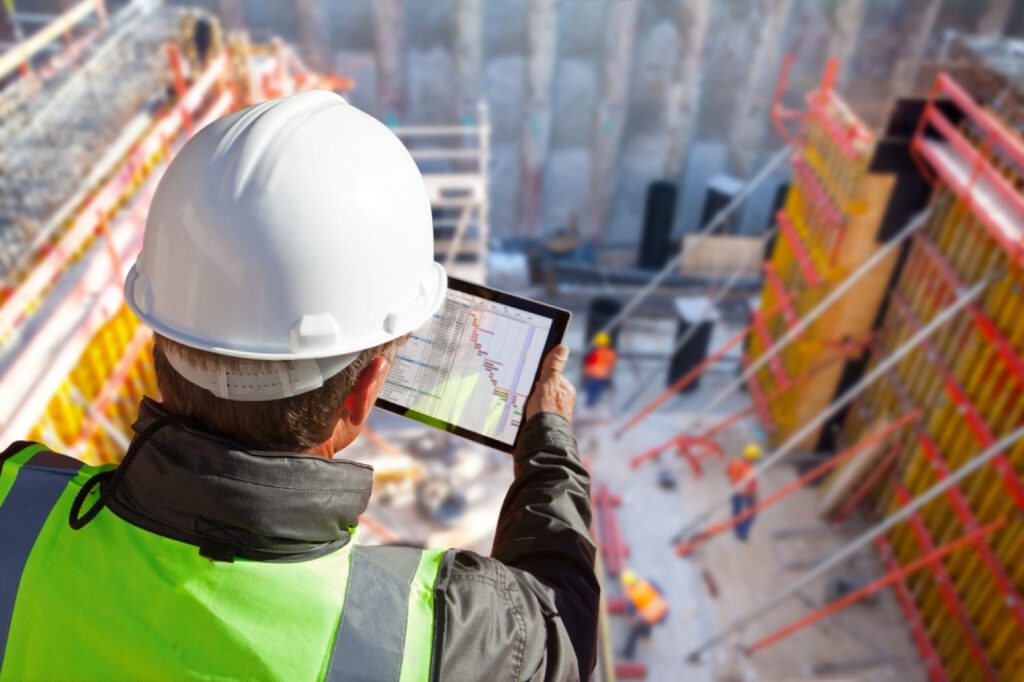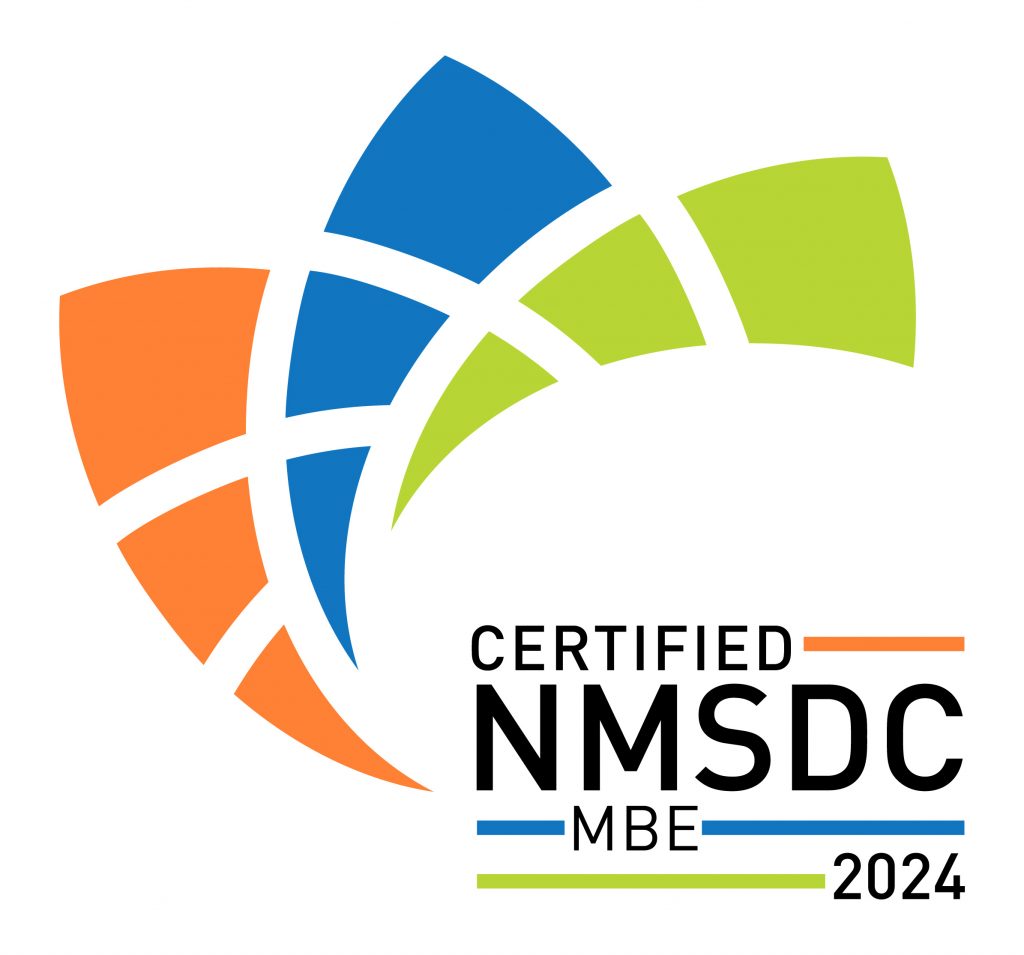- Aug 20, 2024
Empowering Smarter Cities: The Role of Geospatial Digital Twins in Urban Planning

With rapid urbanization and technological advancements, cities face unprecedented challenges in managing growth, sustainability, and quality of life for their residents. As urban planners and policymakers grapple with these complex issues geospatial digital twins have emerged as a powerful tool revolutionizing the way we conceptualize, design, and manage urban environments. Let’s explore the transformative potential of geospatial digital twins in urban planning and their role in creating smarter, more resilient cities.
What are Geospatial Digital Twins?
A geospatial digital twin is a virtual representation of a physical object or environment (urban environment or cities), integrating real-time data from various sources to create a dynamic, interactive model of a city or region. Unlike traditional Geographic Information Systems (GIS), which primarily focus on static spatial data, geospatial digital twins incorporate live data streams, Internet of Things (IoT) sensors, and advanced simulation capabilities to provide a comprehensive, real-time view of urban systems and their interactions. Geospatial digital twins not only encompass the physical infrastructure but also social, economic, and environmental factors. This holistic approach enables a comprehensive understanding of urban systems and their interdependencies.
Key Components of Geospatial Digital Twins:
- High-resolution 3D models of the built environment
- Real-time data integration from IoT sensors and other sources
- Advanced analytics and simulation capabilities
- Visualization tools for enhanced decision-making
- Interoperability with existing urban management systems
The Power of Geospatial Digital Twins in Urban Planning
Geospatial digital twins aggregate vast amounts of data from diverse sources, providing a unified view of the city. This data includes demographics, transportation, land use, infrastructure, and environmental conditions. Geospatial digital twins offer a range of benefits that can significantly enhance urban planning processes and outcomes:
- Enhanced Decision-Making
Geospatial digital twins enable planners to make more informed decisions by providing a holistic view of urban systems. They can visualize the potential impacts of proposed developments, infrastructure projects, or policy changes before implementation, reducing the risk of unintended consequences and optimizing resource allocation. - Improved Collaboration
Digital twins serve as a common platform for stakeholders from various disciplines to collaborate effectively. Urban planners, architects, engineers, and policymakers can work together in a shared virtual environment, fostering interdisciplinary cooperation and innovation. - Real-Time Monitoring and Management
With the integration of IoT sensors and real-time data streams, geospatial digital twins allow city managers to monitor urban systems continuously. This capability enables rapid response to emergencies, efficient management of resources, and proactive maintenance of infrastructure. Optimal utilization of office space, along with improved fire exit routing, can be effectively planned both before and during the construction of high-rise buildings. - Scenario Planning and Simulation
One of the most powerful features of geospatial digital twins is their ability to simulate various scenarios. Planners can test different urban development strategies, assess the impact of climate change, or evaluate emergency response plans in a risk-free virtual environment.
- Citizen Engagement
Digital twins can be used to create interactive platforms for citizen engagement, allowing residents to visualize proposed changes to their neighborhoods and provide feedback. This transparency can lead to more inclusive and participatory urban planning processes. Urban development department can advise citizens on locating water inundated areas, outdated high rage structures and better waste management practices
9 Applications of Geospatial Digital Twins in Urban Planning
The versatility of geospatial digital twins makes them a key tool in solving a wide range of urban challenges from sustainable urban development to improved emergency response.
- Transportation and Mobility: Digital twins can model traffic patterns, simulate the impact of new transit routes, and optimize transportation networks. They can also help planners design more pedestrian-friendly spaces and integrate emerging mobility solutions like autonomous vehicles.
- Infrastructure Planning: By simulating the performance of different infrastructure options, planners can identify the most efficient and cost-effective solutions for transportation, energy, and water management.
- Energy Management: By simulating energy consumption patterns and renewable energy potential, digital twins can assist in developing more sustainable urban energy systems. They can identify optimal locations for solar panels, wind turbines, or energy storage facilities.
- Resource Management: Digital twins can optimize resource utilization, such as water and energy, through demand forecasting and infrastructure management.
- Environmental Impact Assessment: Geospatial digital twins can help evaluate the environmental impact of development projects by simulating factors such as air quality, noise pollution, and energy consumption.
- Land Use Planning: Digital twins enable planners to visualize and analyze different land use scenarios, optimizing housing, commercial activities, and public amenities based on factors such as population density, accessibility, and environmental impact.
- Infrastructure Management: By integrating data from sensors embedded in buildings, roads, and utilities, digital twins can facilitate predictive maintenance of urban infrastructure, reducing costs and improving service reliability.
- Urban Regeneration: Digital twins can help prioritize areas for urban regeneration by assessing factors like social deprivation, economic activity, and physical condition.
- Disaster Preparedness: Simulating natural disasters or other emergencies in a digital twin environment can help cities develop more effective response plans, and evacuation routes and identify vulnerabilities in urban systems.
Cities Leading the Way with Digital Twins
Several cities around the globe have embraced the potential of digital twins to enhance urban planning and management. Singapore has been a pioneer in the field of digital twins with its ambitious “Virtual Singapore” project. Singapore has optimized urban planning, improved disaster management, and enhanced infrastructure efficiency by creating a highly detailed 3D digital model of the entire city with real-time data on traffic, weather, and infrastructure. New York City has also made significant strides in data-driven decision-making, infrastructure improvement, and emergency response planning by leveraging its digital twin.
Cities such as London, Dubai, and Helsinki have also adopted digital twin technology to address specific urban challenges, such as transportation, air quality, and sustainable development.
Challenges and opportunities
While geospatial digital twins offer immense potential, there are challenges to overcome. Data privacy, security, and interoperability are critical concerns. Building and maintaining accurate and up-to-date digital twins requires significant investment in technology and human resources.
However, the benefits of geospatial digital twins far outweigh the challenges. As technology continues to advance and data becomes more accessible, we can expect to see even more sophisticated and impactful applications in urban planning. By harnessing the power of geospatial digital twins, cities can become smarter, more sustainable, and more resilient.
Transforming urban operations with digital twins
As cities continue to invest in smart technologies, digital twins will become increasingly integrated with other urban management systems, creating a more cohesive and efficient approach to city operations.
At 12thWonder, we help organizations unlock the potential of geospatial data to solve complex problems with innovative solutions such as digital twins.






